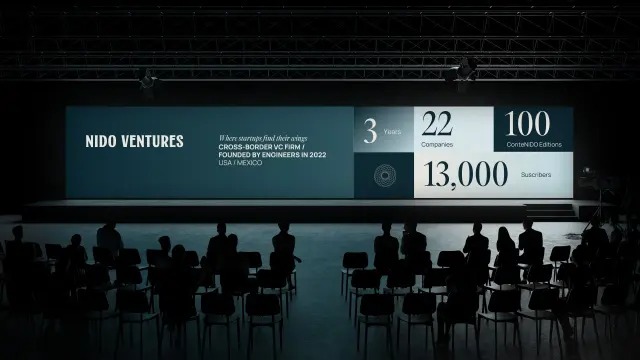Zero Trust Security: Cyber Defense in 2025
Zero Trust is reshaping cybersecurity by eliminating implicit trust and continuously verifying every user and device within a network.
Zero Trust Model
Zero Trust Security is not just a buzzword — it's the foundation of a modern cyber defense strategy. As threats evolve, organizations are adopting Zero Trust to enhance protection and resilience across their digital infrastructure.
What is Zero Trust?
Zero Trust is a security model based on the principle: “Never trust, always verify.” Unlike traditional perimeter-based security, which assumes everything inside the network is safe, Zero Trust requires continuous verification of user identity, device posture, and access rights—regardless of location.
Core Principles
-
Least Privilege Access: Users and systems only get access to the resources they absolutely need.
-
Micro-Segmentation: Dividing networks into small zones to limit lateral movement by attackers.
-
Multi-Factor Authentication (MFA): Adds an extra layer of identity verification beyond passwords.
-
Continuous Monitoring: Real-time analysis of behavior to detect anomalies and threats.
Why Zero Trust is Crucial in 2025
-
Hybrid Workforces: Remote and hybrid models expose corporate data to greater risk.
-
Cloud & SaaS Adoption: More applications are hosted off-site, increasing the attack surface.
-
Insider Threats: Trusted employees can still cause harm—Zero Trust reduces this risk.
-
Advanced Persistent Threats (APTs): Sophisticated attackers need to be contained early with constant checks.
Technologies Enabling Zero Trust
-
Identity & Access Management (IAM): Centralizes control of who can access what.
-
Software-Defined Perimeters (SDP): Replaces traditional firewalls with dynamic, identity-based access.
-
Endpoint Detection and Response (EDR): Tracks devices for suspicious activity or compromise.
-
Security Information and Event Management (SIEM): Monitors and correlates network events to detect patterns.
Benefits of Zero Trust
-
Minimized Attack Surface: Smaller blast radius in the event of a breach.
-
Stronger Compliance: Meets data security regulations such as GDPR, HIPAA, and CCPA.
-
Improved Visibility: Full insight into who is accessing what and why.
-
Reduced Risk of Breaches: Verification at every step reduces unauthorized access.
Implementation Steps
Assess Assets: Identify sensitive data, applications, and critical systems.
Define Access Policies: Who needs what level of access? Tailor policies accordingly.
Deploy MFA: Enforce identity verification for users and admins.
Segment Networks: Create isolated zones with strict access rules.
Automate Responses: Use AI-driven tools to detect and respond to threats immediately.
Monitor Continuously: Use analytics and logging to detect and respond to anomalies.
Challenges to Adoption
-
Legacy Systems: Older infrastructure may not be compatible with Zero Trust tools.
-
Initial Costs: Requires investment in training, tools, and strategy planning.
-
Change Management: Cultural shift in IT and business units to adapt to stricter controls.
Use Cases in 2025
-
Finance Sector: Protects sensitive customer and transactional data from internal and external threats.
-
Healthcare: Ensures only authorized personnel can access patient data.
-
Government Agencies: Zero Trust is now mandated in many federal systems to enhance national cybersecurity.
-
Education: Prevents unauthorized access to student records and research data in academic institutions.
Looking Ahead
-
AI Integration: AI is improving behavior-based detection within Zero Trust environments.
-
Secure Access Service Edge (SASE): Combining network and security services to deliver Zero Trust at the edge.
-
Zero Trust for IoT: As IoT adoption rises, Zero Trust ensures each device is properly authenticated and monitored.
Conclusion
Zero Trust is more than a framework—it's a mindset. In an era of sophisticated cyberattacks and distributed work environments, adopting a Zero Trust model is no longer optional but essential for resilience and compliance.






























